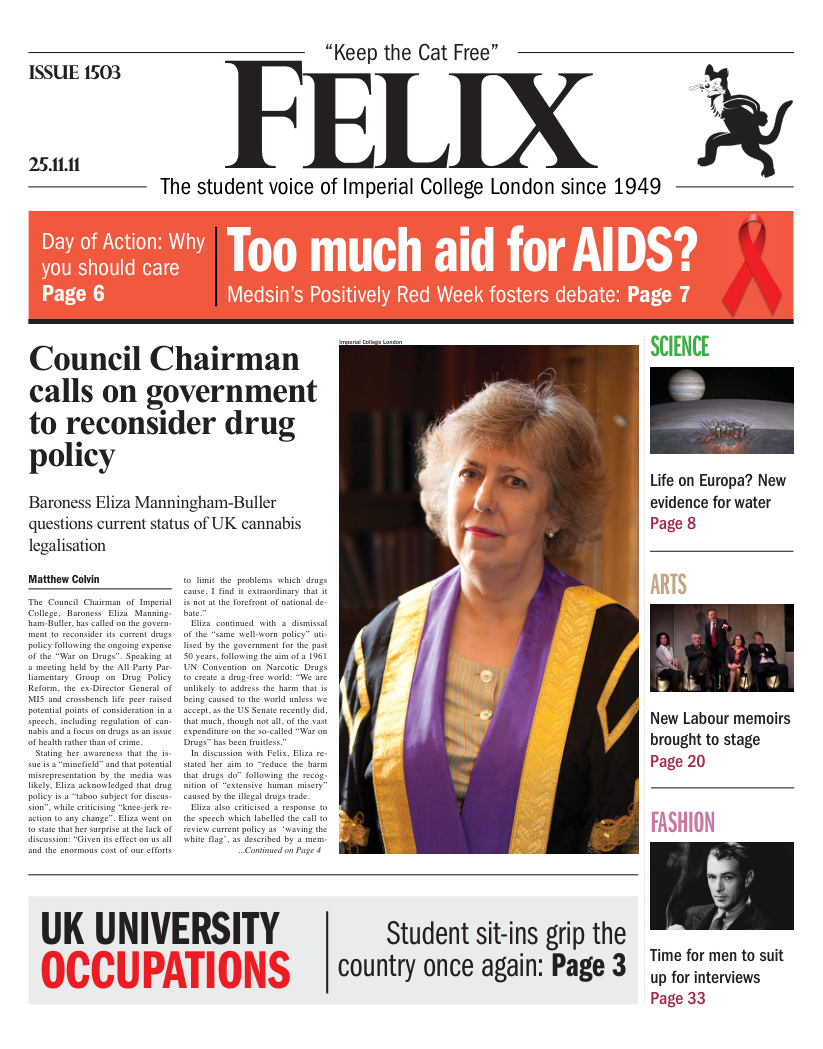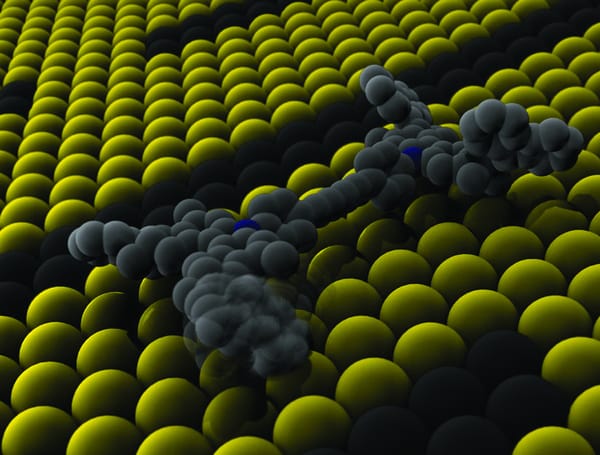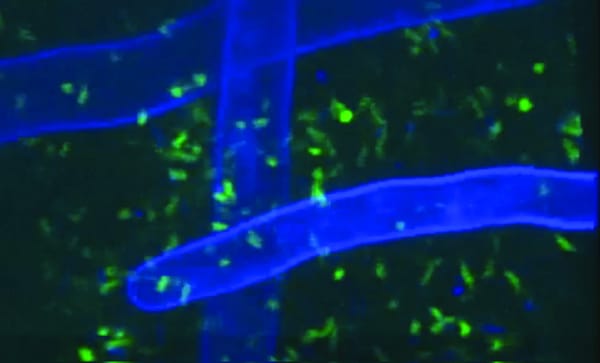Shallow lakes on Europa
Maciej Matuszewski on the best evidence yet for water just below the surface

Europa is the second innermost of Jupiter’s four large Galilean moons. Scientists believe that the Jovian satellite’s icy surface hides a liquid ocean that contains twice the water than can be found in all of Earth’s oceans combined. As such it is one of the most likely places in the solar system where extraterrestrial life could be found. However, given that it is widely believed that the upper crust of ice is on average 20 kilometres thick, probing for signs of life is likely to be difficult. But now a group of scientists lead by Britney Schmidt from the University of Texas has said that they believe that pockets of liquid water may form far nearer the surface of the moon.
In a paper published last week in Nature, the team describe how they used ten year old data from the Galileo obiter, and observations of ice structures in the Arctic and Antarctic to explain the formation of previously mysterious structures on the surface of Europa called “chaos terrain” – rough, vaguely circular regions which can tower more than a hundred metres above the surrounding ice. The team believes that the process of formation begins with the eruption of underwater volcanoes, similar to Iceland’s Grimsvotn. This heats the lower layer of pure ice in crust, which brings the heat up to higher layers of salt contaminated ice, which has a lower melting point. As this melts, the water forms a sub glacial lens shaped lake of brine.
Since liquid water is denser than ice, a space is left above the lake, causing the ice above to sag in order to fill it. As the ice bends large cracks are formed, into which the brine is injected. Eventually pressure from the brine can cause the ice to split apart into blocks. A similar process happens at the boundary between the Antarctic ice sheet and the ocean. Being so close to the surface, the brine eventually freezes again, pushing the blocks upwards as it expands in volume and turns into ice. The frozen brine itself forms so called ‘matrix domes’, which may themselves reach higher above the surrounding surface than ice blocks.
As well as fully formed chaos terrains, such as the Conamara Chaos and Murias Chaos, the team believe that they have also found an area, called Thera Macula, that is halfway through this process. Galileo data shows that while it is in many ways similar to the Conamara Chaos its surface is dipped below rather than raised above the surrounding ice. This suggests that, if the team’s model is correct, liquid water of volume equivalent to the Great Lakes could exist as little as 3km under surface of this region. While the team believes that it will take the water up to a million years to freeze completely, the surface will have altered by enough the next time we send a probe to Europa to be able to see if the model is correct.
If it is, and there is shallow liquid water under Thera Macula, this will not only give scientists a prime site where they can look for life but would also confirm that Europa is geologically active. This would be an extraordinary discovery given that so far the Earth, Jupiter’s moon Io and Saturn’s moon Enceladus are the only known geologically active bodies in the solar system.
DOI: 10.1038/nature10608









